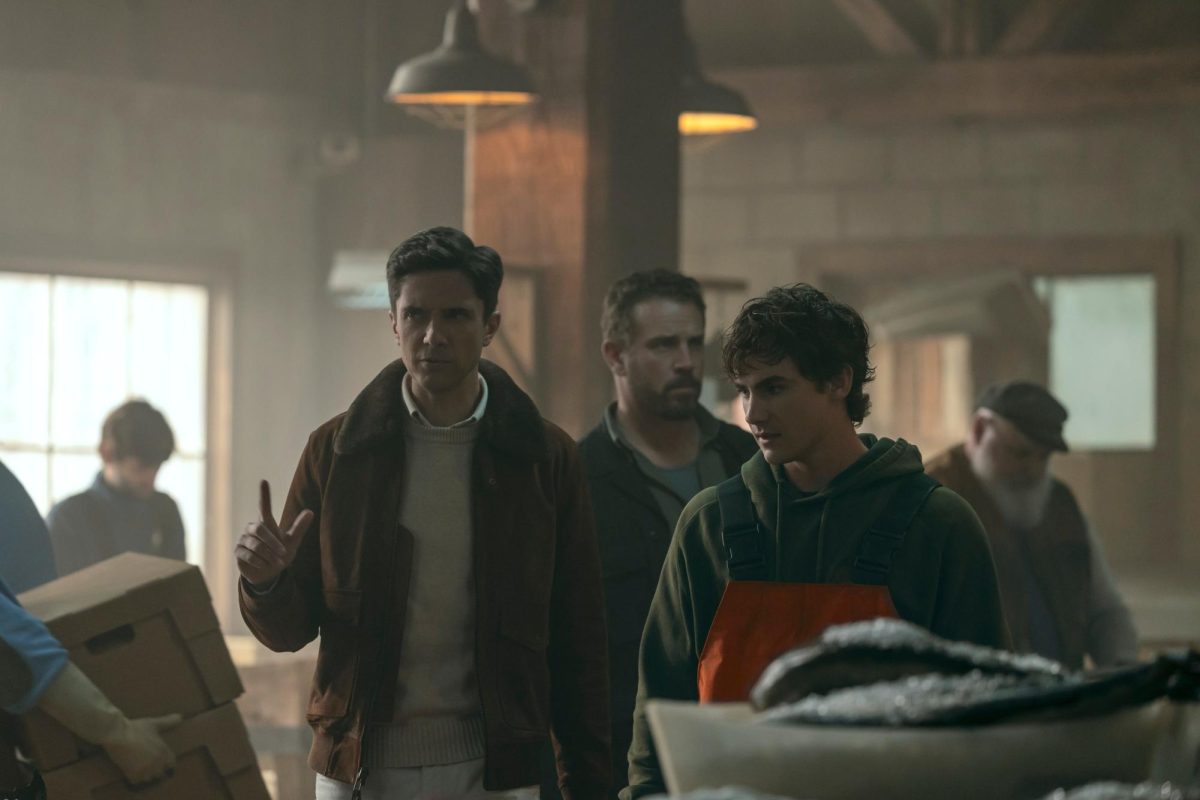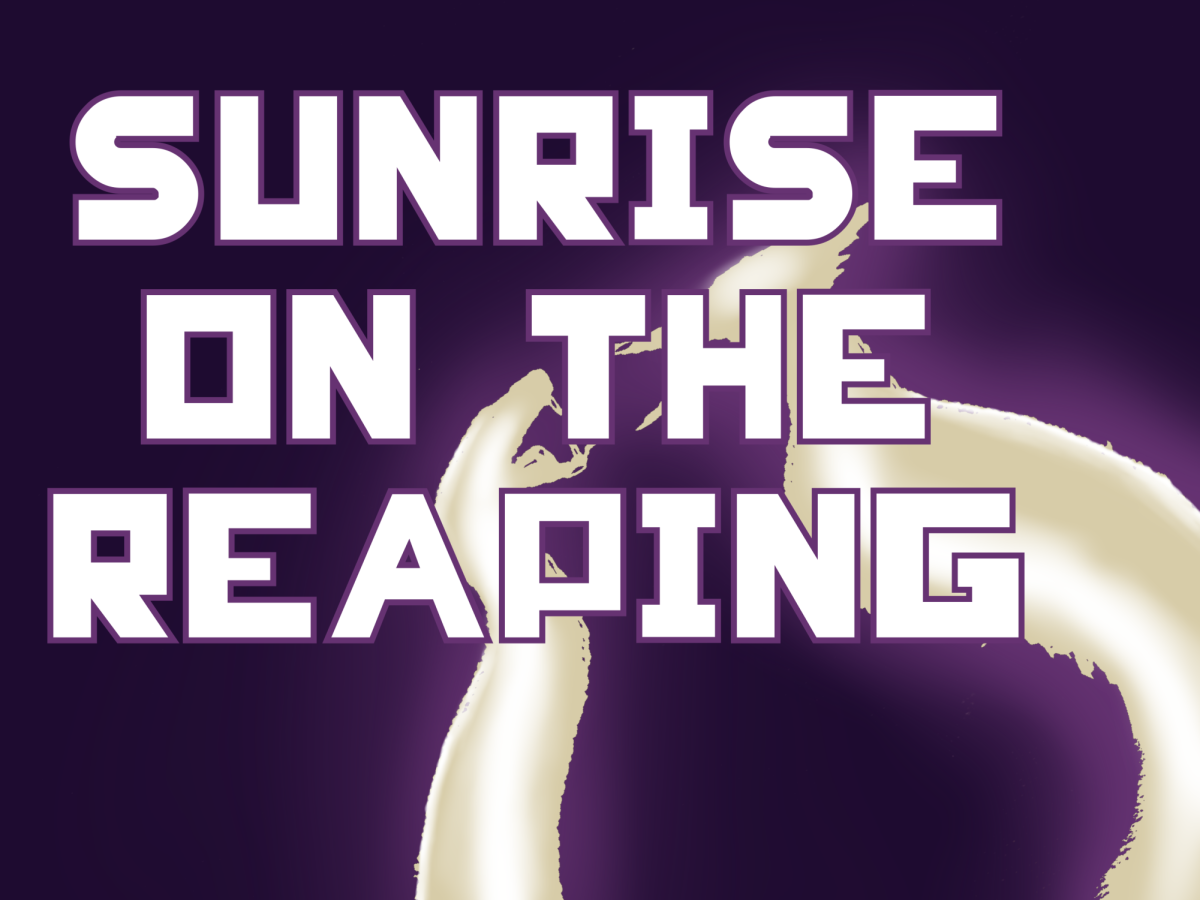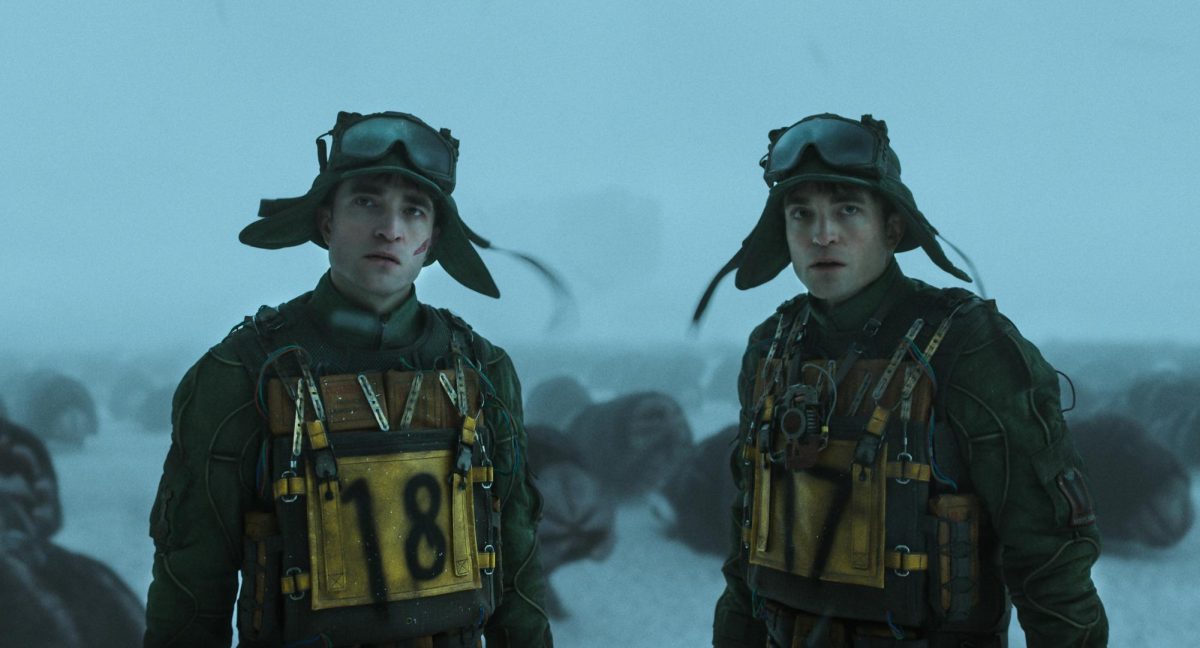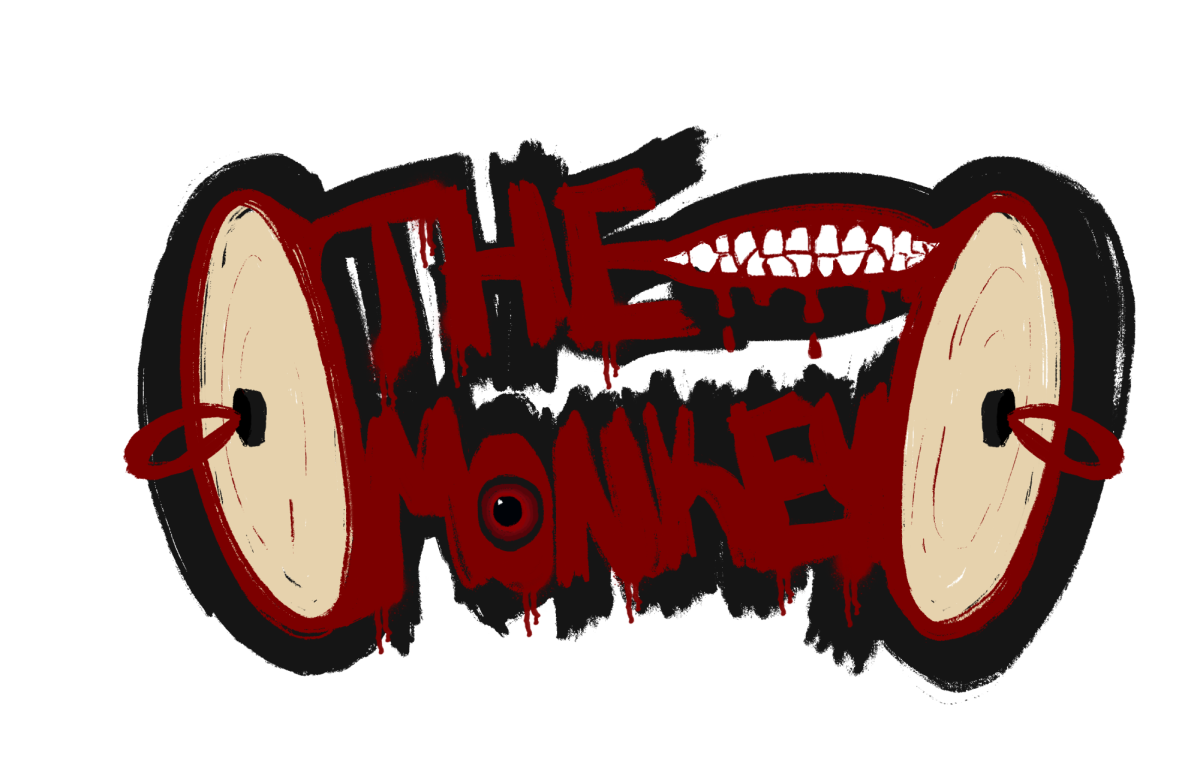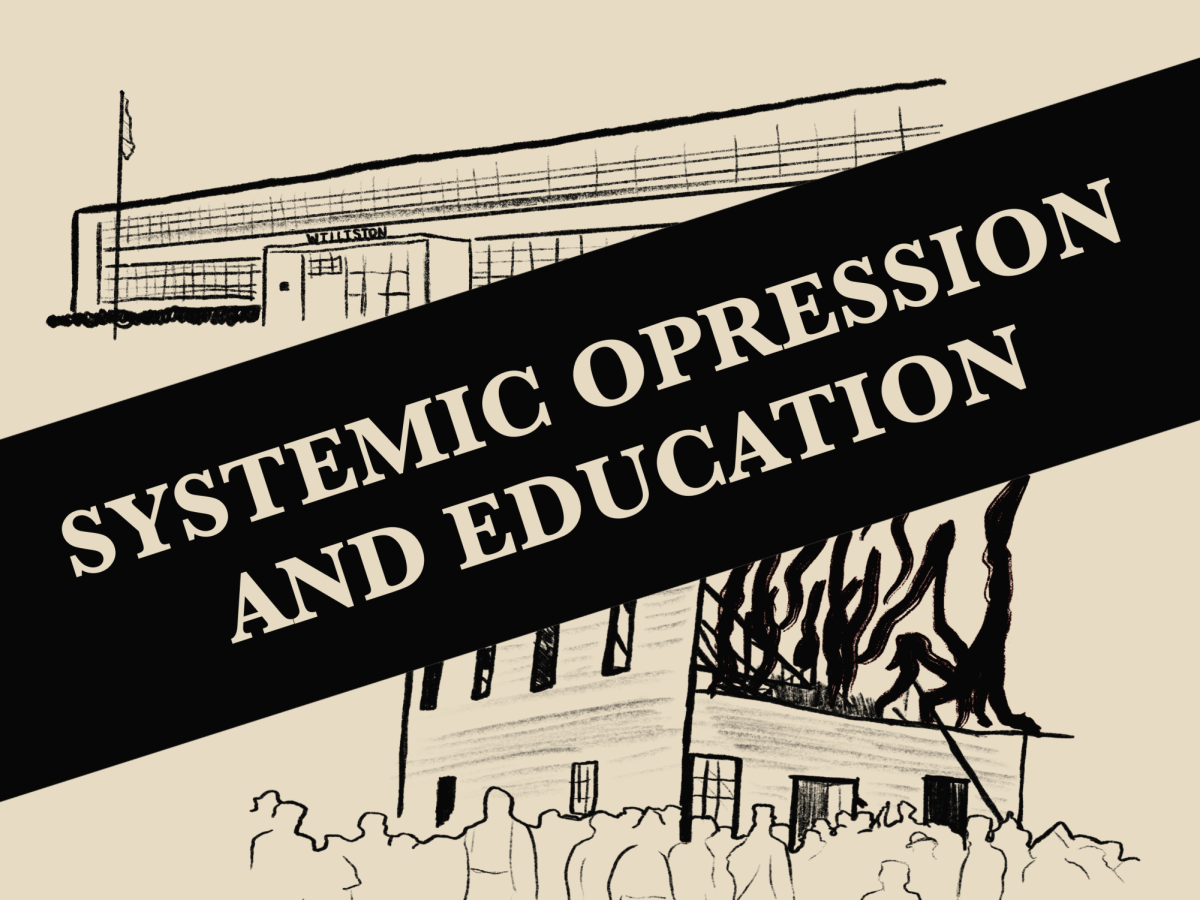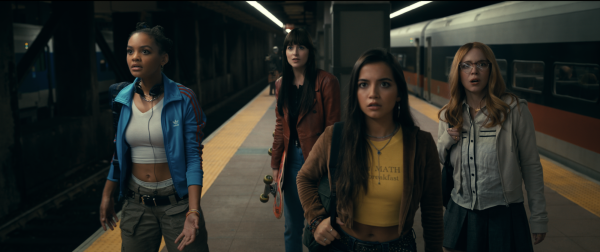
In the past couple of decades, superhero movies and cinematic universes had a period where they were on top of the cinematic totem pole, with Marvel Studios and their esteemed “Marvel Cinematic Universe” at the forefront. As the years have gone on, the fad has died down quite a bit, with Marvel suffering a surprising amount of critical and financial woes and DC’s “Extended Universe” finally being put out of its misery this past year with four consecutive box office disappointments.
But in the background, between their genuinely masterful “Spider-Verse” films, Sony is still going full throttle with their plans of a live-action cinematic universe centered around Spider-Man’s wide assortment of villains and allies. It seems like an intriguing idea, especially when Spidey has some of the biggest and most iconic villains in comics history, like Venom and Kraven the Hunter. There is just one problem with Sony’s plan:
It is set to be a Spider-Man Cinematic Universe…without Spider-Man.
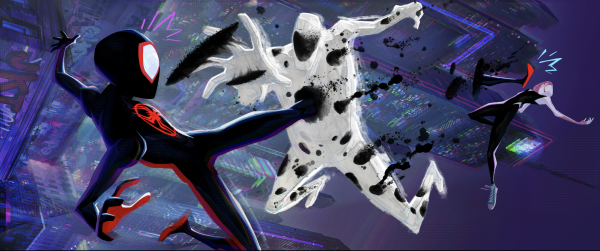
For a bit of history: Marvel was struggling financially back in the 1990s, and in order to avoid further financial woes and bankruptcy, Marvel sold the film rights to their biggest characters to other studios. Universal got the rights to Hulk, 20th Century Fox purchased the X-Men, Deadpool and Fantastic Four and Sony bought the rights to Spider-Man for $10 million, despite an opportunity to buy the entirety of Marvel on film for $25 million. Back in 2015, after both the Tobey Maguire and Andrew Garfield runs of Spidey faltered critically and financially with “Spider-Man 3” and “The Amazing Spider-Man 2” respectively, Sony and Marvel struck a deal to introduce Spider-Man—played by then up-and-coming actor Tom Holland—into the MCU with Sony receiving top billing.
That deal that ended up making Sony billions with “Spider-Man: Far From Home” and “Spider-Man: No Way Home” was not enough for Sony. Despite their attempts at a broader universe falling through with the failure of “The Amazing Spider-Man 2,” they remained desperate to have their own shared universe to compete with the MCU, and the results have been…complicated.
Despite receiving horrible reviews from critics, “Venom” was a runaway hit, making over $850 million worldwide and becoming one of the highest-grossing films of 2018. Audiences also generally liked the film—even if ironically—and specifically enjoyed Tom Hardy’s performances as Eddie Brock and the titular Symbiote, as well as the “old married couple” dynamic the two shared. While its 2021 sequel, “Let There Be Carnage,” only made around half of that worldwide, it did manage to snag better reviews than its predecessor and holds a respectable 57% approval rating on Rotten Tomatoes.
And it was all downhill from there. The next film in the series, “Morbius,” not only suffered countless delays for a myriad of reasons before finally releasing on April Fool’s Day in 2022, and it not only received horrific reviews and was quickly labeled one of the worst superhero films of all-time, but it also managed to achieve the impossible and became a box office bomb twice over. After the film initially tanked at the box office, ironic memes about the film—including infamous gems such as “It’s Morbin’ Time” and “Morbillion Dollars” amongst others—went viral, prompting Sony to rerelease the film in theaters, to which it bombed a second time.
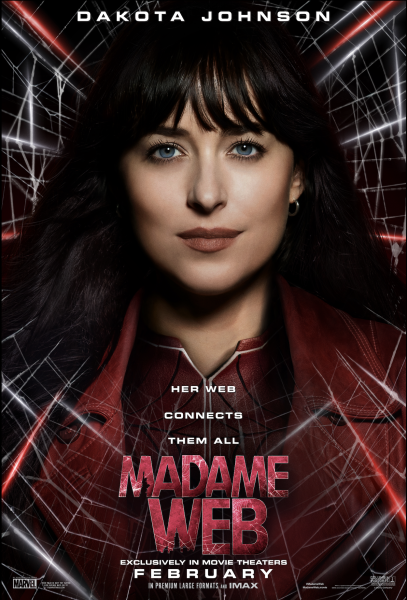
This brings us to “Madame Web,” which has become a bomb of a similar scale and has somehow received even worse reviews than “Morbius.” The train does not end with “Madame Web,” with two more films coming later this year, “Venom: The Last Dance” in October and the much-delayed “Kraven the Hunter” in December. On top of this, there are plenty of other films in development, with the clear goal being for a lot of these films to come together in a “Sinister Six” film that Sony has craved to develop for years.
But now, the question ultimately comes down to a simple “why?” Why is Sony even making these films outside of retaining the rights and keeping Spider-Man out of Disney’s clutches? Why are they so careless with their biggest cash cow, and why are all but one of these films so shoddily made and utterly bad? There are a multitude of reasons, on top of the obvious response of interference from Sony and producers Avi Arad and Amy Pascal, and it is important to look over those reasons to answer that question.
First thing to consider are the talent behind the films themselves, specifically the directors and writers. “Venom” was directed by Ruben Fleischer of “Zombieland” fame and written by Jeff Pinkner, Scott Rosenberg and Kelly Marcel, who have previously written “The 5th Wave,” “The Dark Tower,” “Jumanji: Welcome to the Jungle” and “Fifty Shades of Grey,” amongst others. With all their previous scripts having received middling to bad reception, it is easy to see why many were not fond of “Venom” and its script, even if Eddie Brock and Venom’s dynamic managed to work out. Marcel returned by herself to write “Let There Be Carnage,” but not only was the script much faster and almost more self-aware than its predecessor, the director was none other than acclaimed actor Andy Serkis, who had a clear understanding of the type of film he was working on and managed to make it enjoyable as a result.
Needless to say, the writing and directing was a clear drawback for all the films so far. As for their upcoming films this year, Marcel is not only returning once again for “Venom 3,” but it will also serve as her directorial debut, which can make expectations for the film uncertain, not helped by the trailer. As for “Kraven The Hunter,” it is directed by J.C. Chandor, who is best known for “A Most Violent Year” and “Triple Frontier,” both of which received relatively positive reviews. “Kraven’s” writers are Art Marcum, Matt Holloway and Richard Wenk, the former two having written “Iron Man,” “Transformers: The Last Knight,” “Men in Black: International” and “Uncharted,” and the latter being the writer of the “Equalizer” films and the 2016 remake of “The Magnificent Seven.”
The largely lackluster writing and directing is only one of the major issues that plagues the recent Sony Marvel films. An arguably larger problem is how the films center around “Spider-Man” characters who quite frankly cannot exist without the webslinger. The only one who has worked even remotely well without Spidey is, once again, Venom. Even though Venom originated through Eddie Brock’s rivalry with Peter Parker, and Spider-Man is an essential part to Venom’s story, the character has had his own stories separate from Spider-Man and his own villains such as Carnage, so it is not impossible—more so unwise—for Venom to exist on his own. The same cannot be said for other characters such as Madame Web and Morbius, whose only notable claim to fame were their appearances in Spider-Man media such as the ‘90s cartoon.
The most egregious example would have to be Kraven. The character has forever been a Spider-Man villain, a vicious animal hunter who went after Spider-Man out of desire for a greater challenge. Based on early information about the film from star Aaron Taylor-Johnson, this version of Kraven without the webhead is an animal lover who is hunting his father (Russell Crowe) out of revenge, which is quite simply a completely different character and defeats the point of making a film about Kraven in the first place.
There is no telling where Sony really plans to go with this bizarre attempt at a Spider-Man cinematic universe without the titular hero. While no “Sinister Six” film has been officially greenlit, the signs are there that this is what Sony is trying to do. After two horrific box office bombs and four films that received less than stellar reception, will it even be worth it for Sony to continue this effort? Whatever is to come after “Venom: The Last Dance” is yet to be seen, and we may not know for many more months, but whatever comes next, we cannot be too sure that Sony will recover and make this universe work after what they have done so far.



